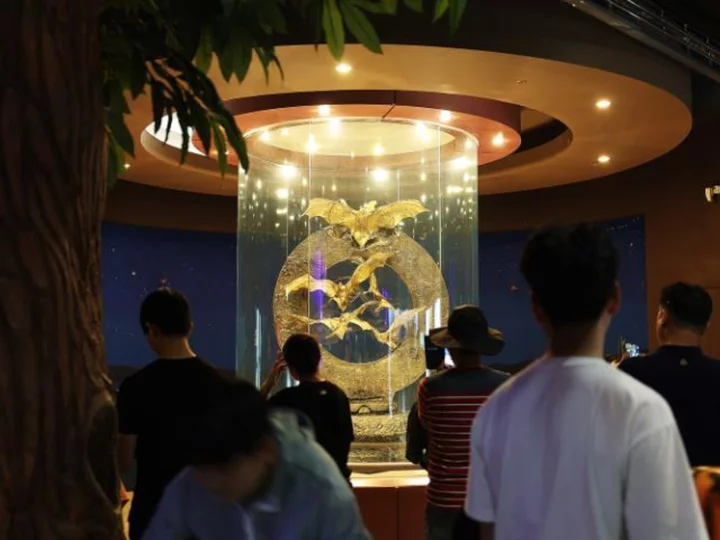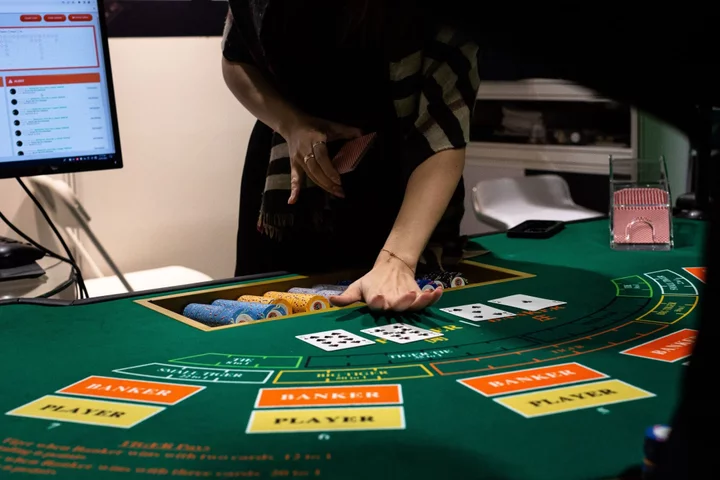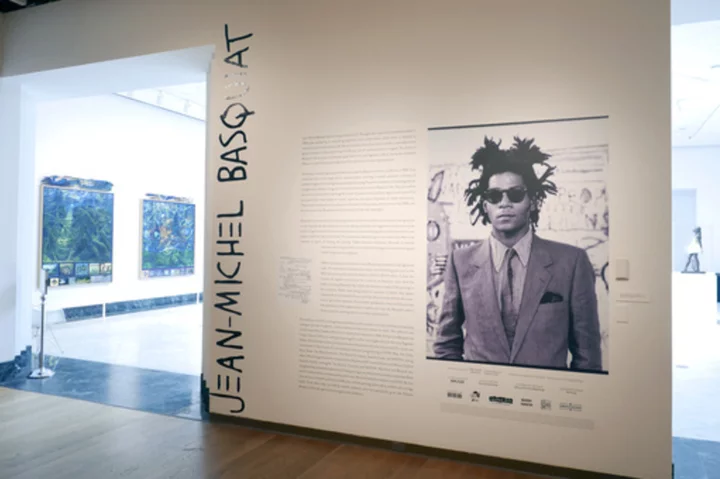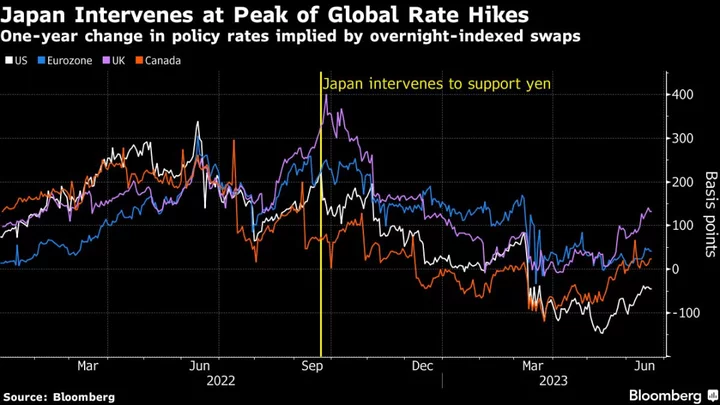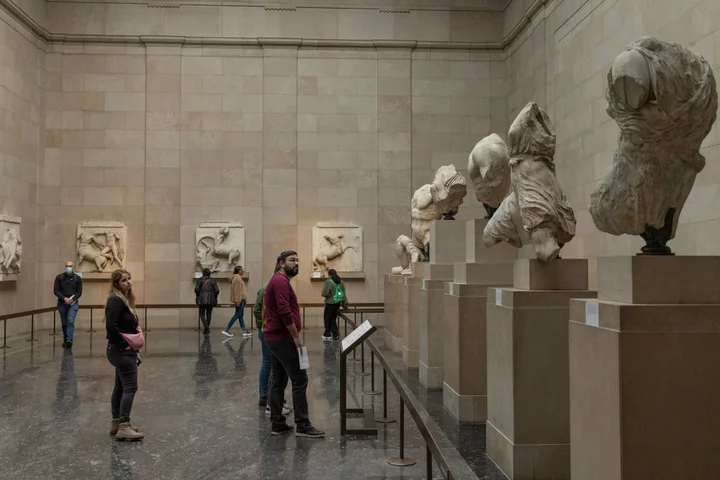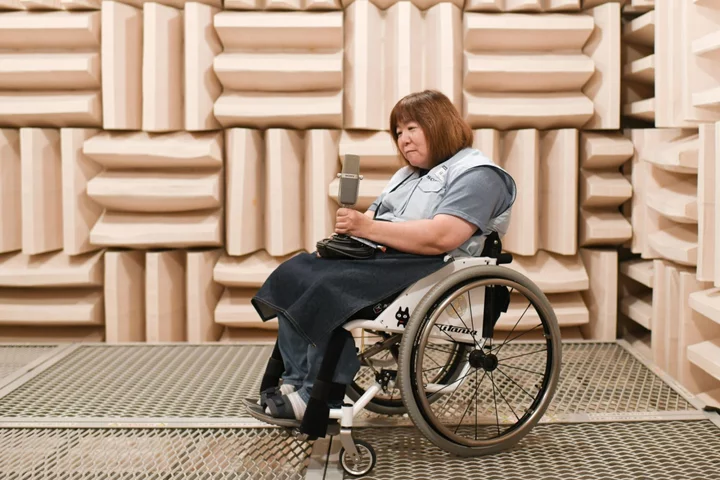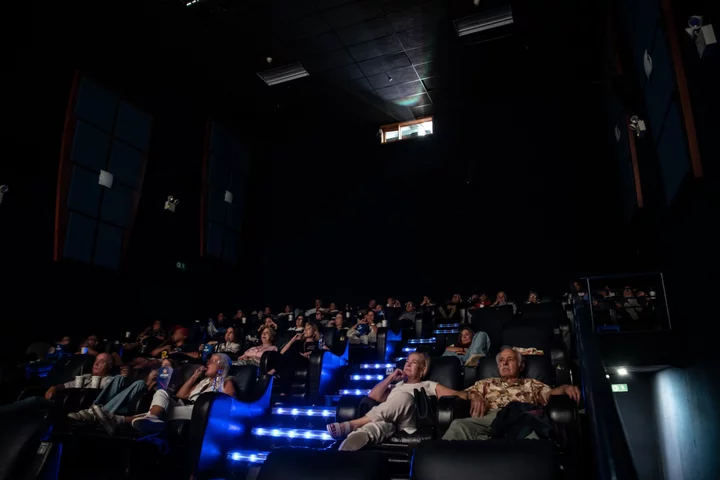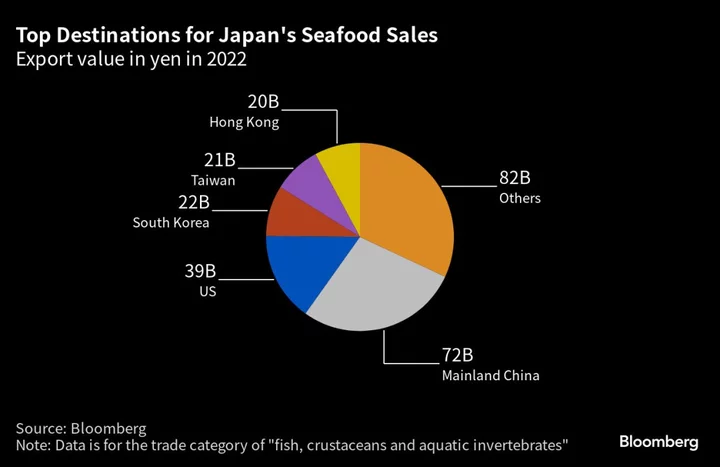When a colony of reddish-yellow furred Hodgson's bats, once thought extinct in South Korea, was found in an abandoned gold mine in the country's Hampyeong county in 1999, some saw a chance.
It was exactly what a rural county -- located 270 km (170 mi) south of Seoul -- with an eroding population needed to boost revenue.
The county government decided it would erect a statue of bats -- dubbed "golden bats" by savvy marketers -- made from, as one could guess, pure gold.
Officials spent 2.8 billion won ($2.1 million) in 2005 to erect the seven-foot-tall (2.13-meter) statue, purchasing 162 kg of gold and 281 kg of silver. Then it took three years for renowned South Korean sculptor Byun Kun-ho to sculpt five golden bats flying through a massive silver ring.
The sculpture symbolizes "the harmony and immortality of the universe," Byun wrote in a paper detailing his work.
And the expenses didn't stop there.
The statue was installed in a specially-built exhibition hall resembling a cave, the natural habitat for bats. Beside the statue, they laid a golden egg the size of a coffee table, made with leftover gold and silver, to honor Korea's mythical heroes born from eggs.
The local government promised that the statue would bestow the sheen of ecological wonder to the region and bring hordes of tourists to the cash-strapped cattle farming county.
But the artwork immediately faced criticism. Its detractors viewed spending millions on a golden statue as a waste, while the county relies on subsidies for around 90% of its revenue. A local newspaper called the move a "flashy but hollow bureaucratic decision" that was "divorced from the local sentiment."
However, local fortunes turned as the price of the precious metal climbed rapidly. Following the economic uncertainty of the pandemic and the Ukraine war, gold prices reached record levels.
The estimated value of the statue has increased five-fold to around 14 billion won ($11 million) in recent days, making it one of the most lucrative investments the county has ever made.
Though the statue's remote location has discouraged travelers, around 15,000 mostly Korean tourists have visited in the past few weeks, according to the county.
"As the gold price rises, the interest (in the statue) rises too. So more visitors come," a county representative told CNN.
Costing a mere 2000 won ($1.50) to enter, it has become a draw for tourists visiting the county's renowned butterfly festival.
But the value of the golden statue has attracted unwanted attention too. In 2019, three men were apprehended after allegedly attempting to steal it.
The thieves reportedly ran away when the alarm sounded. Since then, the county has added extra motion sensors and high-resolution security cameras, on top of the existing bulletproof glass and steel shutters protecting the statue.
County officials say they plan to relocate the statue to the more accessible Hampyeong Expo Park from its current location at the Ecological Exhibition Hall.
Though the statue's valuation may be at an all-time high, the county has no plans to sell it.
"We didn't (build the statue) to make a profit," a representative for the county said.

